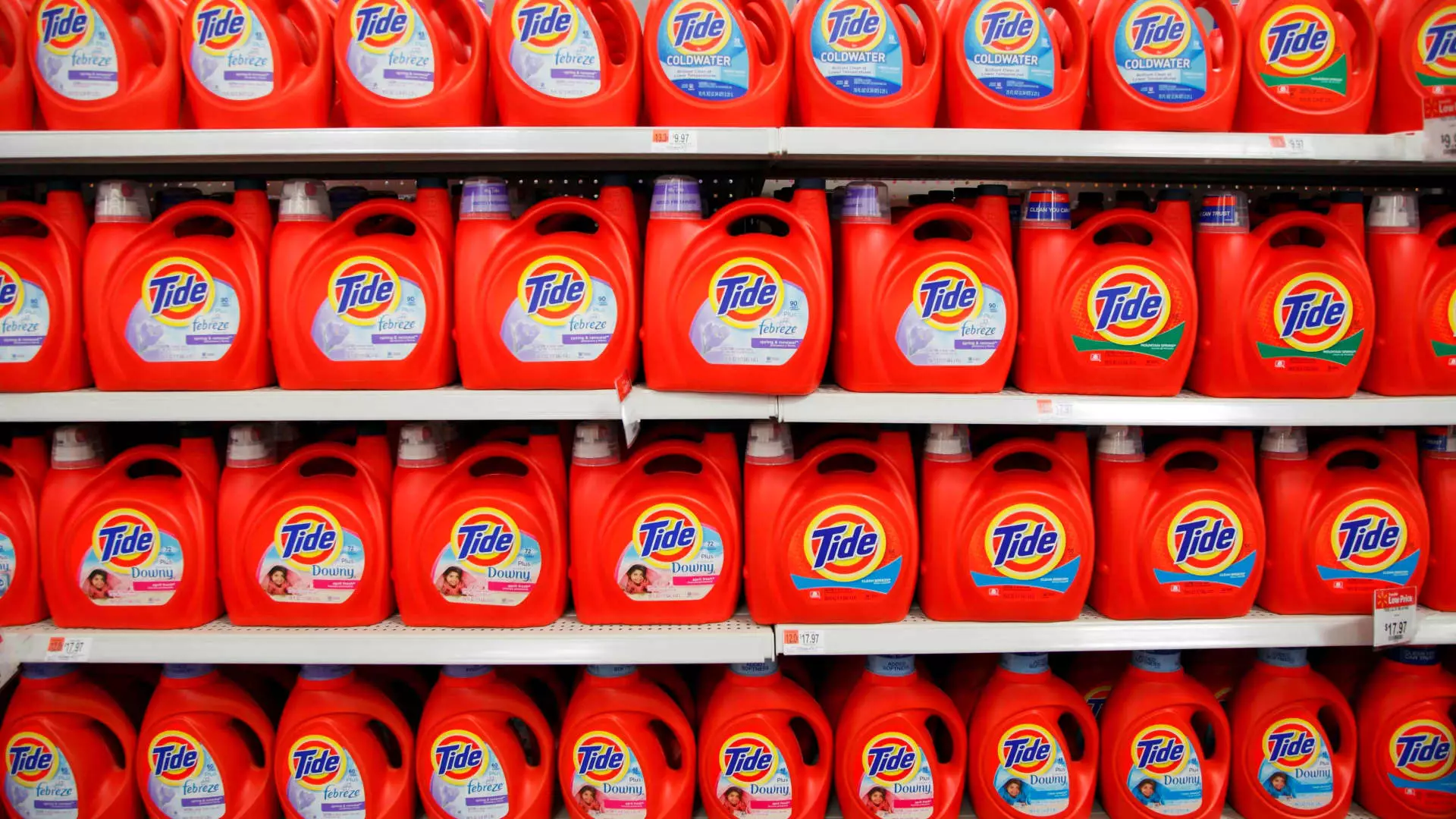Procter & Gamble recently reported a set of mixed quarterly results that have left investors and analysts scratching their heads. The company’s volume increased for the first time in over two years, indicating a possible turnaround in the demand for its products. However, this positive development was overshadowed by a decline in net income and revenue compared to Wall Street expectations.
One of the key highlights of P&G’s recent performance is the increase in volume, which excludes pricing and provides a more accurate reflection of demand. This is in stark contrast to the company’s previous strategy of boosting sales growth through price hikes. While these price increases helped drive revenue, they also led to stagnant or declining volume as consumers started purchasing less of P&G’s products.
Segment Analysis
A closer look at P&G’s various business segments reveals a mixed bag of results. While the grooming, health care, and fabric and home-care divisions all saw a 2% increase in volume, the beauty and baby, feminine, and family care units struggled with a 1% decline. This can be attributed to lower demand for high-priced skincare products like SK-II and diapers, respectively.
Looking ahead to fiscal 2025, P&G has set its sights on achieving core net earnings per share in the range of $6.91 to $7.05. The company remains optimistic about its revenue outlook, forecasting a growth rate of 2% to 4%. However, it remains to be seen whether P&G can maintain this momentum and overcome the challenges posed by changing consumer preferences and market dynamics.
Procter & Gamble’s recent quarterly results paint a complex picture of the company’s performance. While the increase in volume is a positive sign of potential revival, the decline in net income and revenue raises concerns about its long-term sustainability. As P&G navigates through these challenges, it will be crucial for the company to innovate and adapt to evolving market conditions in order to stay competitive and drive future growth.

Leave a Reply